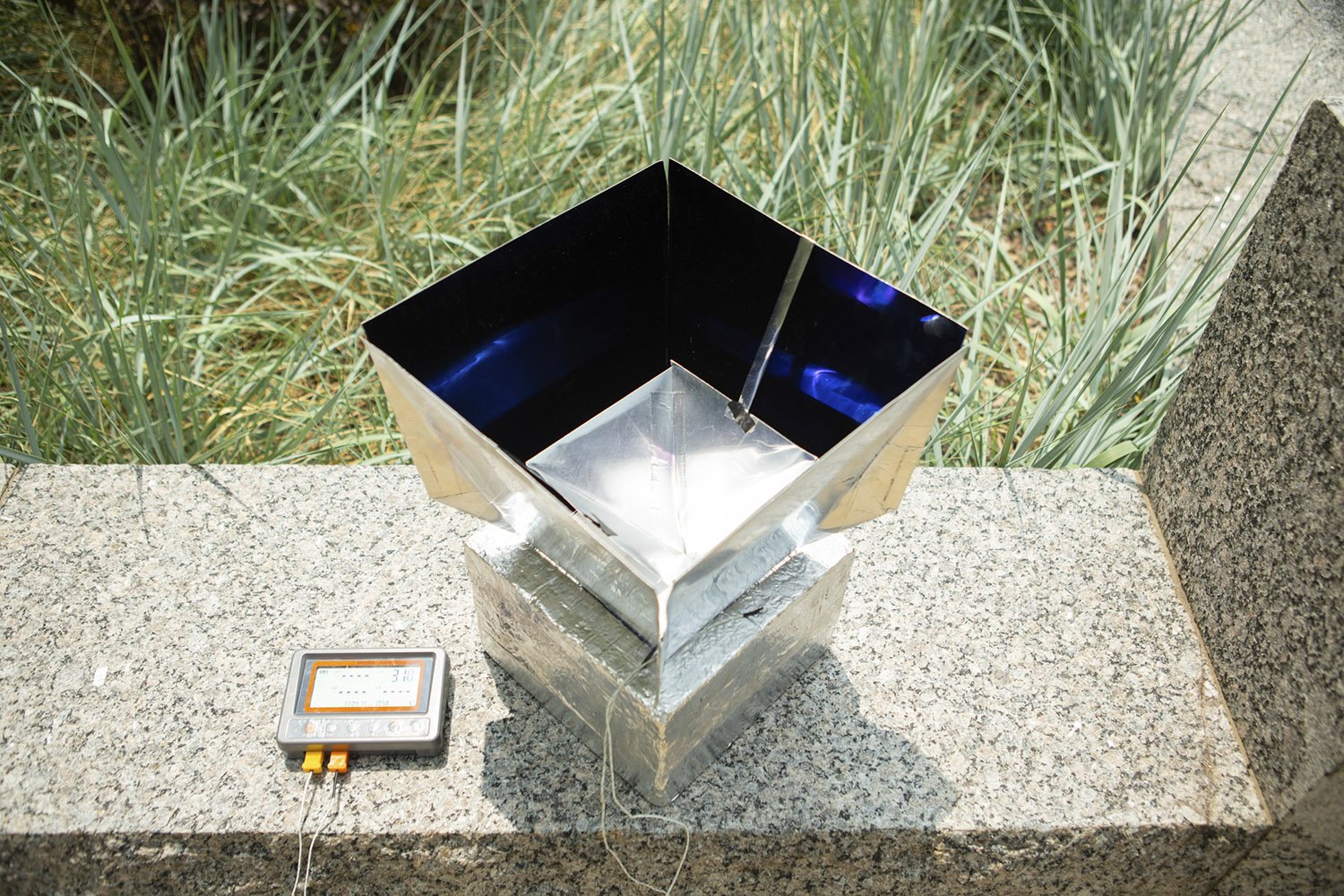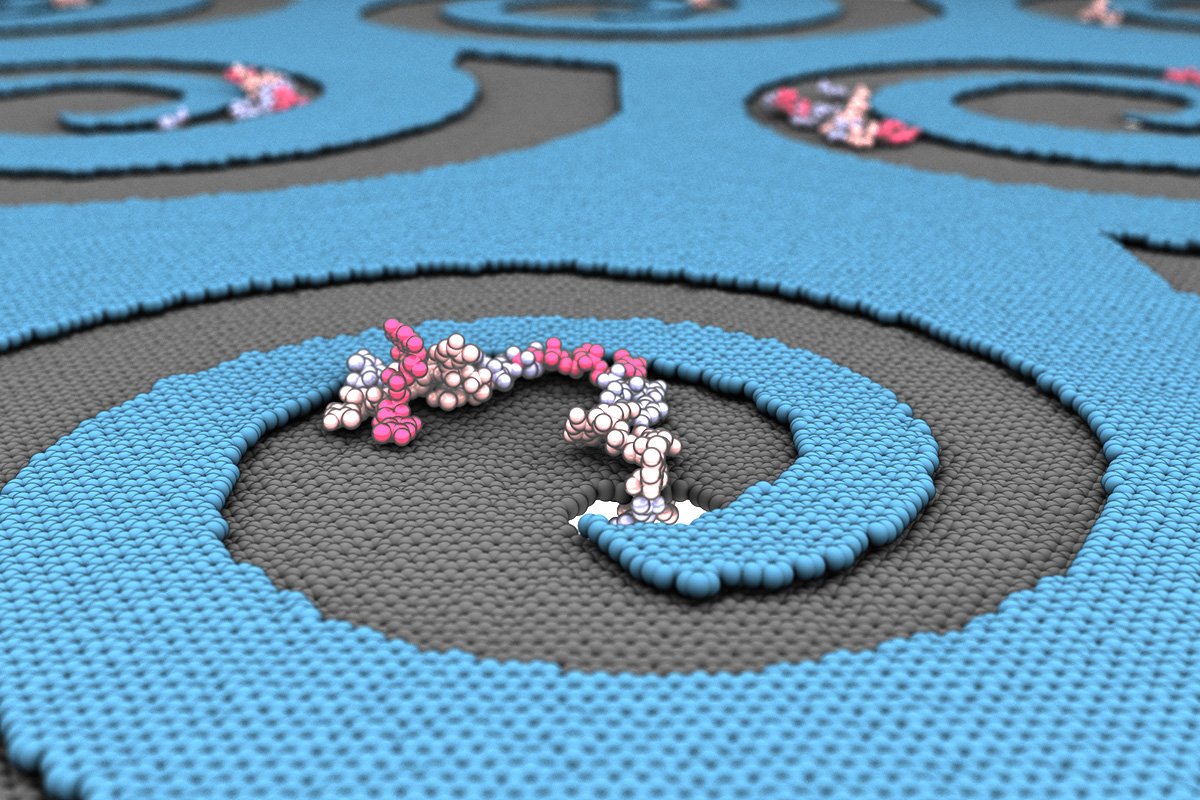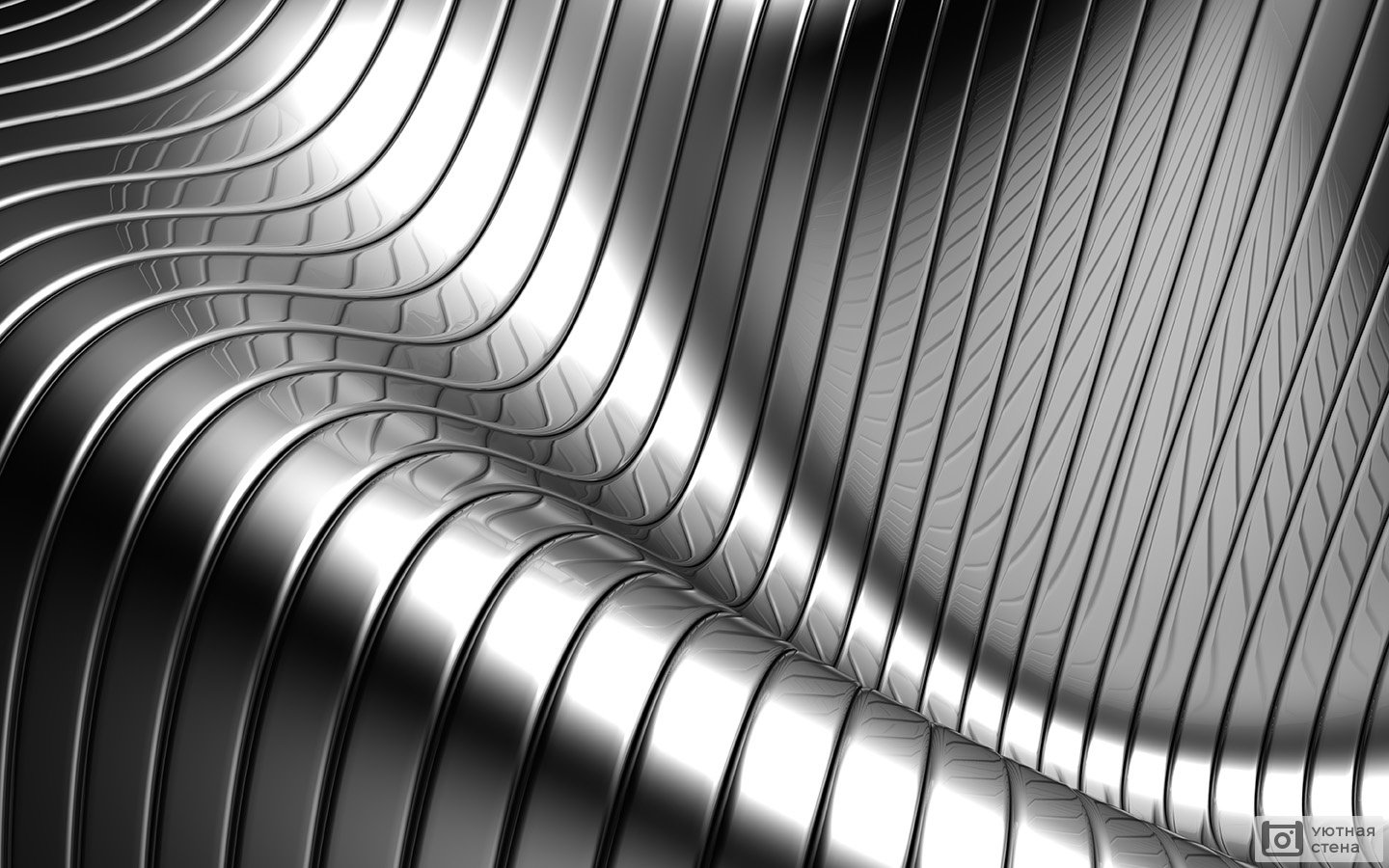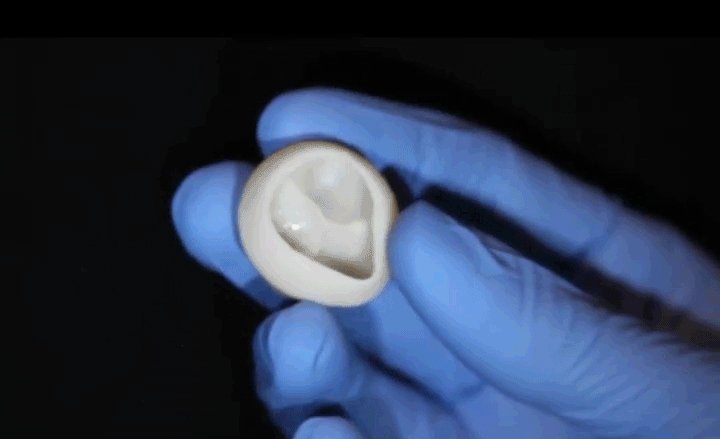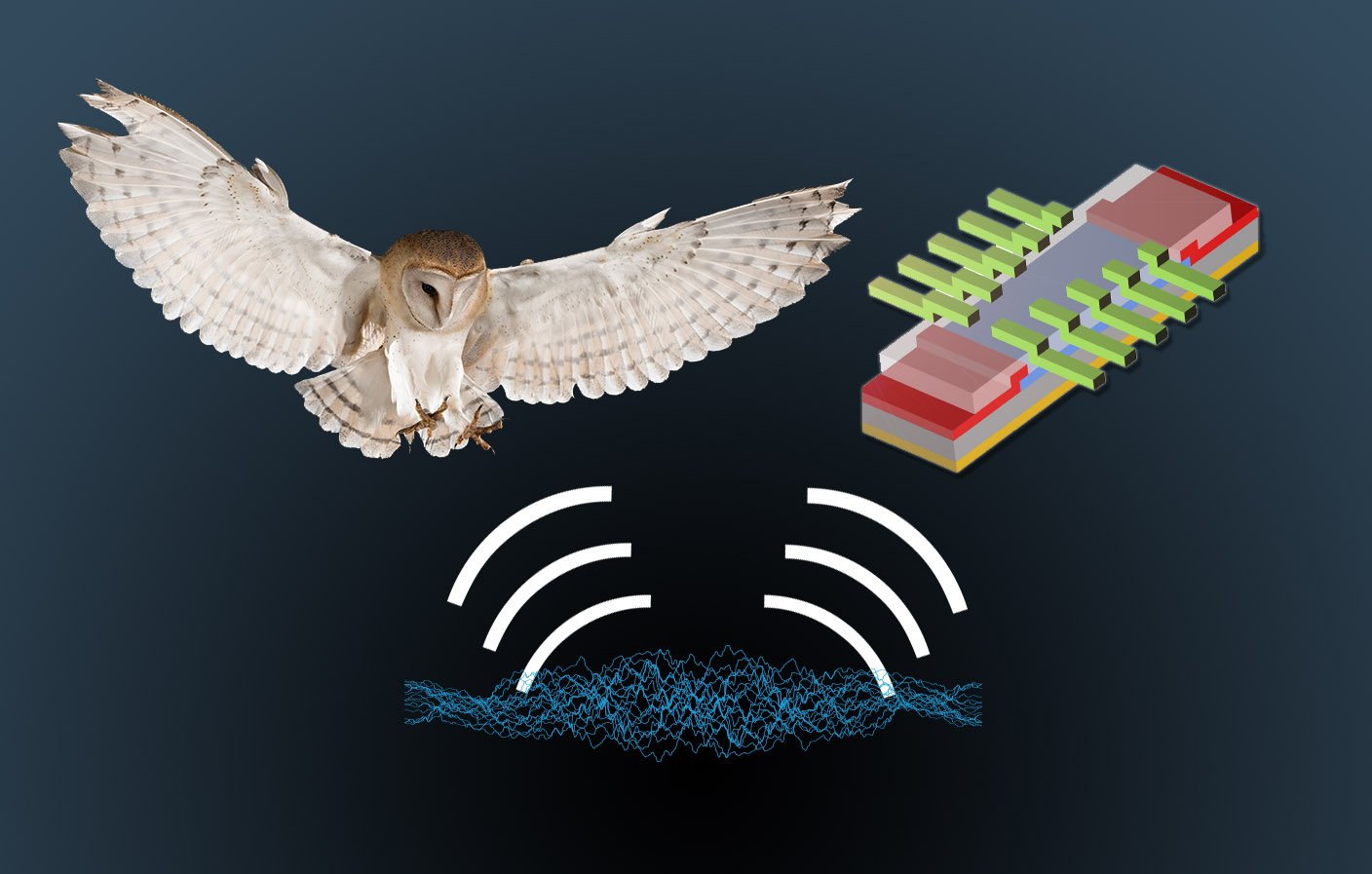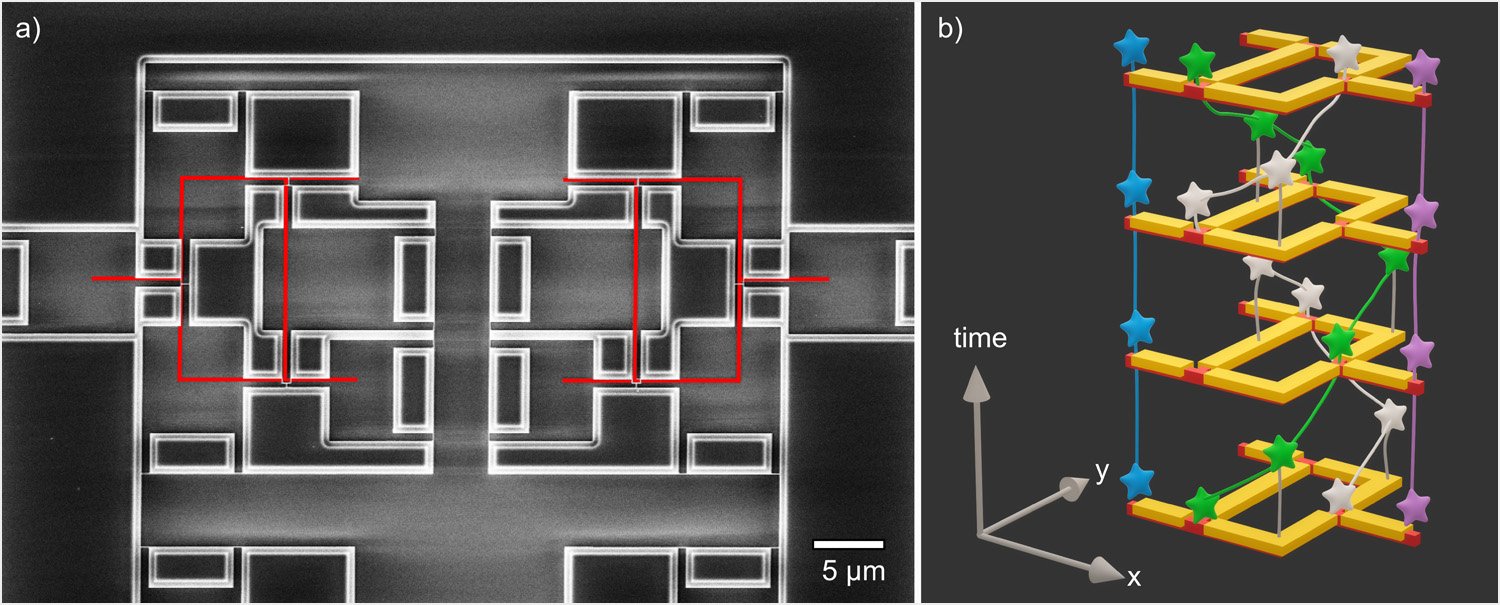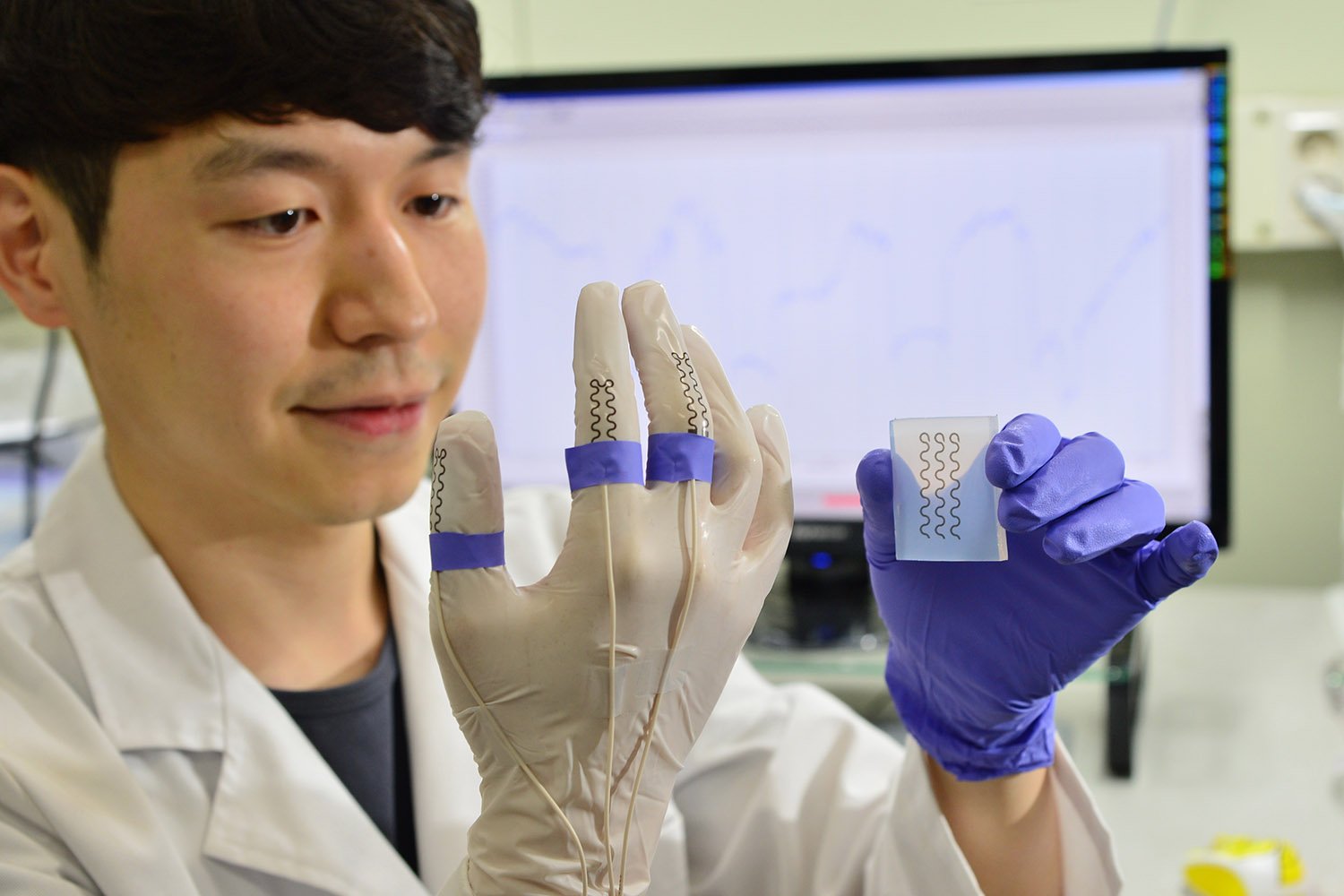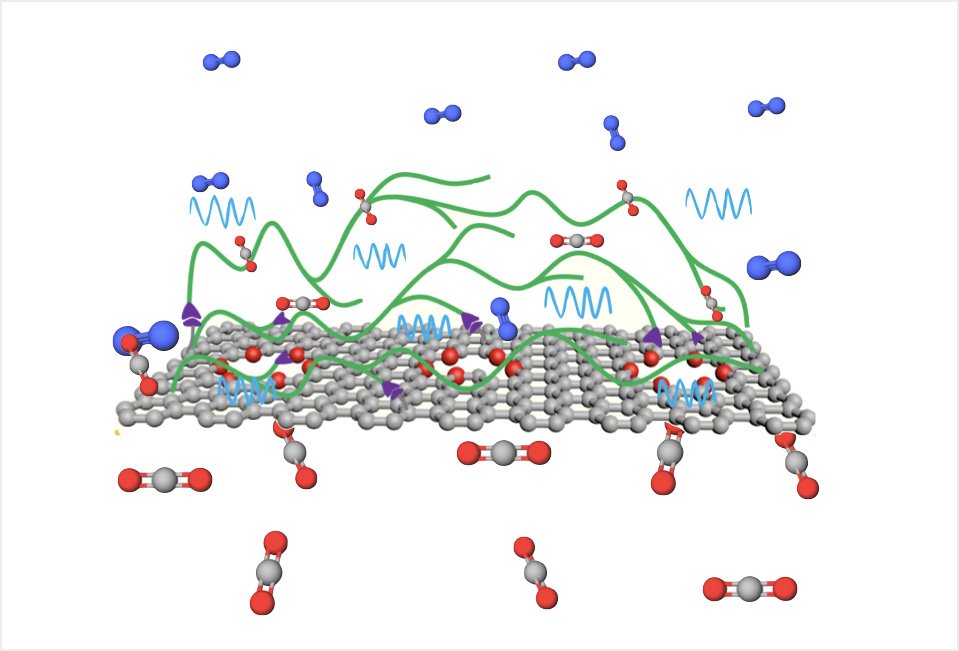In the future, this electricity-free tech could help cool buildings in metropolitan areas
Engineers have designed a new system that can help cool buildings in crowded metropolitan areas without consuming electricity, an important innovation at a time when cities are working to adapt to climate change. The system consists of a special material — an inexpensive polymer/aluminum film — that’s installed inside a box at the bottom of … Read more
